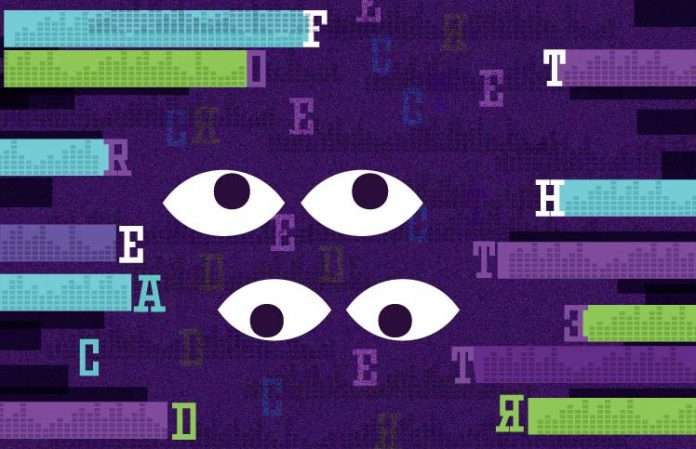
Speech analytics has received a lot of press in the past few years. Some centers have purchased it, and many more have it on their wish list. If you have not had the opportunity to observe it in action, you really must carve some time out of your schedule to do so. Even if it is has not yet made your radar, speech analytics offers a great view of what is possible with voice technology today. It is impressive, and it is powerful.
It also offers another way for us to measure the quality of the work that we do. Our arsenal for this type of analysis is quite comprehensive—customer satisfaction surveys, mystery shopping, test calls and quality monitoring are four other options in the toolbox. With all these options, contact center leaders are well positioned to know how well customer inquiries are being handled, and where opportunities for improvement exist.
Finding a Place for Speech Analytics
So with a toolbox that was already pretty full to begin with, it is reasonable to ask where speech analytics fits in. To be of value to us, it really needs to provide something different than the other more traditional approaches. And it turns out, that differentiation is not a problem where speech analytics is concerned. The list of value-adds is pretty long, and many of them boil down to two key elements:
- It can be applied real-time to real (not test or mystery) calls
- It can be applied to all calls (not just a sample)
Those two differences really reformulate the quality assurance equation. In the past, our approach has always been to monitor, survey or test a sample of calls, thoroughly review each in the sample, and extrapolate the data to the whole population. With speech analytics, we start with the whole population, observe specific, pre-determined areas of focus, and drill down to the actionable events of either positive reinforcement or performance modification.
That sounds pretty impressive, and it leads to the obvious question: Can speech analytics replace the more manual approach to quality assurance? The prospect of replacing quality monitoring programs with speech analytics has been raised, and in some cases, the cost justification for the technology purchase has hinged on a savings in, or total elimination of, the quality monitoring program.
Speech Analytics and Quality Monitoring
Let’s start by acknowledging that speech analytics is still relatively new for contact center technology, and fine-tuning it for a specific center’s needs takes some trial and error. Once that setup work is done, though (and we will assume it is done properly), the bottom line is that speech analytics does a tremendous amount of work, and does it quite well.
Of course, “quite well” does not mean perfect. Speech analytics will not catch every single instance of whatever phrase or event you have defined. This is partly because you cannot always identify the manner in which situations will arise or the wording used to convey a thought, but also because the technical challenge of 100% capture is too high a bar—for now, anyway.
Because they approach quality assurance from such different vantage points, speech analytics and quality monitoring differ in the areas where they excel. The table below outlines some of these differences (click on the image to enlarge it).
The table points out that these are two different approaches with varying strengths and weaknesses. It makes it easier to see how well these two can work in tandem—speech analytics working hard, driving through every call, finding those nuggets of potentially important information, and handing off to a quality specialist for a deeper dive.
What’s the Real Value?
The bottom line? If you can have both speech analytics and a quality monitoring program, that’s the way to go. Speech analytics can offer value on its own, plus it can make your quality monitoring program better. It does not, though, eliminate the need for a quality monitoring program. It might be able to save you some money by allowing a reduced sample size. The real value in speech analytics, though, is in the ability to spot errors and other problems more quickly. That’s the ROI that should capture your attention.




